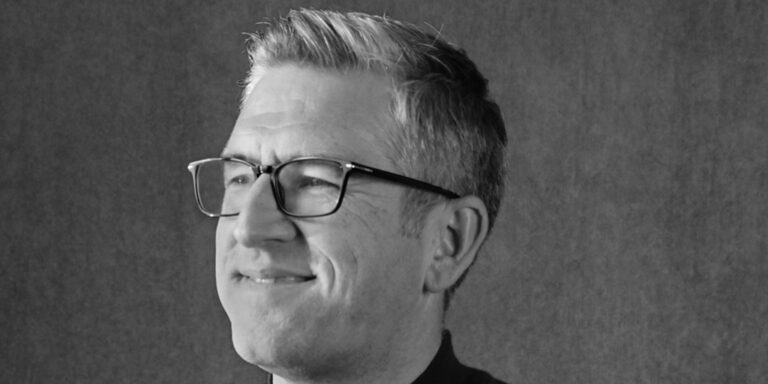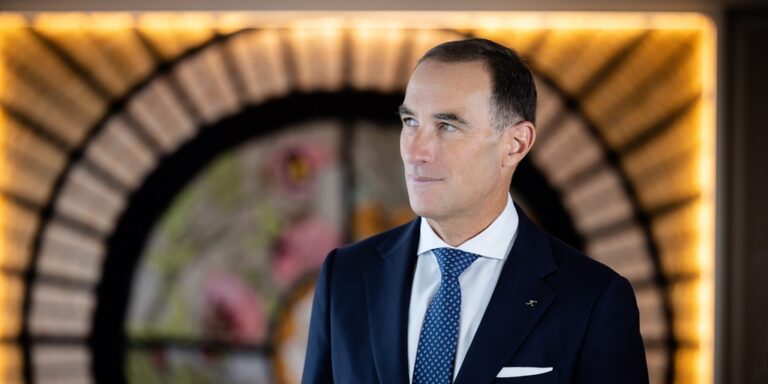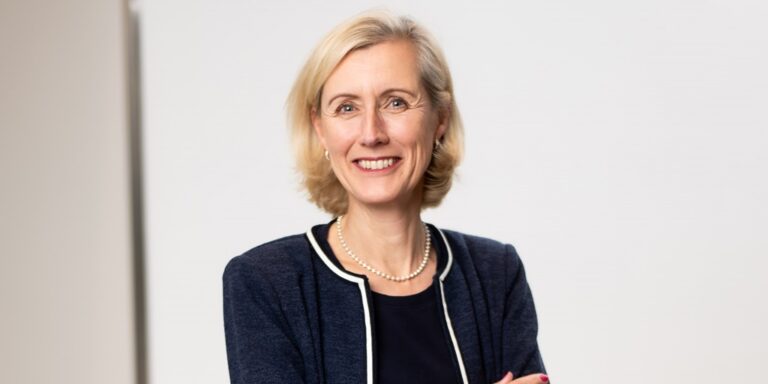The Singaporean multinational hospitality brand, Banyan Group, has just celebrated its 30th year.
While many companies might see ticking off a successful 30 years as a sign to keep with the status quo, Banyan Group decided instead to usher in a new name – and a new era.
The Group intends to become a dynamic, multi-brand hospitality powerhouse. Overseeing part of this change is Philip Lim, Banyan’s Senior VP of Regional Operations and Group Specialist Services.
Mr Lim has steadily risen through the ranks after joining Banyan Group in 2010 as the General Manager of Banyan Tree Sanya. He started in his current role in 2021.
We discussed the upcoming pipeline, exciting trends in the industry, what Banyan Group is looking for in new supplier relationships, and much more!
What does Banyan Tree’s hotel pipeline currently look like?
Since 2019, we have doubled our brand portfolio. Almost half of all countries we operate in now feature a multi-branded presence, primarily in high-growth travel destinations. This diversification is a pivotal component of our strategy, allowing us to venture into new markets, cater to the diverse needs and preferences of travellers, and foster a culture of innovation in an ever-evolving industry landscape.
The 30th year has marked significant growth for us, with a record number of openings across hotels, spas, galleries, and residences in key and new markets. Banyan Tree has welcomed five new openings this year, while Garrya is becoming the Group’s fastest-growing brand with three new properties this year; Homm, Angsana and Cassia continue to expand their footprint with new openings as well.
Our residence portfolio also continues to expand. We will introduce Banyan Living which aims to establish itself as a globally recognised residential rental marketing platform, supporting clients to offer a range of branded residences and villas for short and long-term rentals in unique destinations.
We are aiming to grow the hotel management arm to over 200 hotels in the next few years and double its presence to 50 countries in the next decade.
What regions have you identified as ones to watch?
Following the successful brand extension of Banyan Tree Escape in Bali, we have remained dedicated to fostering purposeful growth in key markets including Japan, China, Vietnam, South Korea and Mexico.
Japan is an important market, and we first established a strong presence through a phased approach to set the stage with the openings of Garrya and Dhawa in Kyoto in 2022, followed by Folio in Osaka and several Homm properties in 2023 and 2024. In August this year, we debuted Banyan Tree in Japan’s ancient capital, Kyoto.
China makes up a significant segment of our current portfolio and future ventures. The focus has been on building a multi-branded presence there. Launches in recent times have included Banyan Tree Dongguan Songshan Lake, as well as resorts in East China comprising Banyan Tree Suzhou Shishan, Angsana Suzhou Shishan, Banyan Tree Yangcheng Lake, Garrya Yangcheng Lake, as well as Garrya Xianju.
We expanded into Mexico with the establishment of Banyan Tree Veya in Valle de Guadalupe, a 16-acre wellbeing-centric retreat featuring a sleek and contemporary design seamlessly integrated with bespoke vineyards. We have also welcomed several new properties in Vietnam and South Korea, including Angsana Quan Lan and Cassia Sokcho.
Tell us more about how you choose suppliers for your upcoming projects.
Banyan Group’s founding ethos is ‘Embracing the Environment, Empowering People’. We are in the business of cultivating a shared future that protects our planet and makes a real difference in the lives of people. Our ‘Brand for Good’* framework guides us in identifying suppliers and partners that meet standards aligning with the same values we subscribe to.
Taking for example our newest hotel in Kyoto, we have ensured that from the build design to service design, we embed sustainability at every decision point. And we understand that sustainability is about more than reducing carbon emissions. It is about cultivating a shared future that protects our planet and makes a real difference in the lives of people.
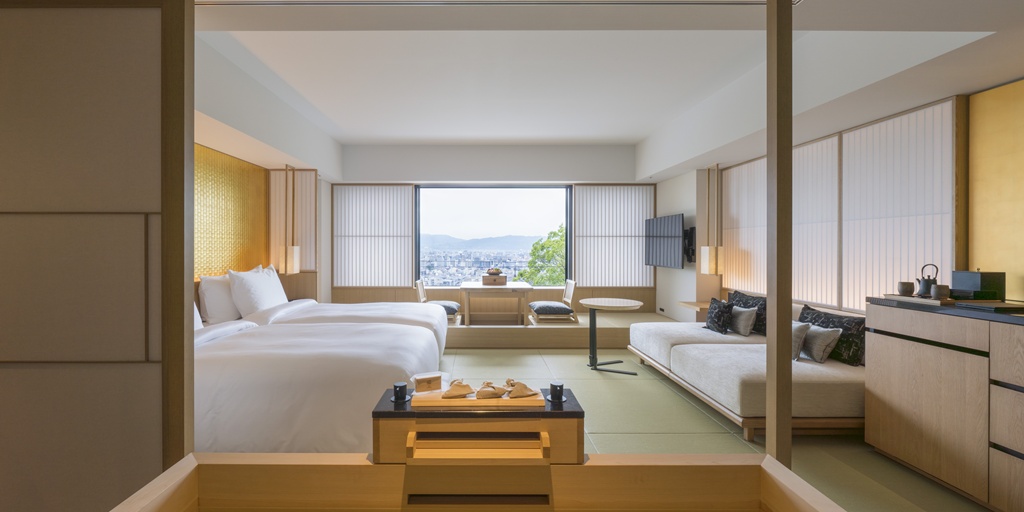
How would you describe the Banyan Tree design philosophy?
Our Group’s mission has never been to change the world, but to cultivate it. The same speaks for our design philosophy. ‘Sense of Place’ is truly the guiding principle across all of our build and service designs. It is about letting the natural surroundings take centre stage, highlighting the most striking elements unique to each destination – in terms of nature, culture, and community.
How does sustainability impact your approach?
We understand that sustainability is about more than reducing carbon emissions. It’s about cultivating a shared future that protects our planet and makes a real difference in the lives of people.
Our first and flagship resort, Banyan Tree Phuket, was built on a rehabilitated tin mine land, laying our foundations in regenerative tourism. Since then, our sustainability ambitions have grown in tandem with our portfolio.
Today, we continue to model responsible tourism, where both people and nature can thrive.
Embedding sustainability into our operating framework ensures that everyone across Banyan Group is of the same mind when it comes to responsible tourism. Our ‘Brand for Good’ framework outlines the best practices for our corporate offices, resorts and hotels.
Beyond our own operations, we also support our associates (staff) and partners to embed sustainability at every decision point and make it simple for our guests to discover destinations in a more conscious way. Every action has an impact, which makes stewardship our shared responsibility.
How do you work with suppliers to ensure sustainability best practice is followed?
At Banyan Group, we are deeply committed to responsible stewardship. We believe that every action has an impact, which makes stewardship our shared responsibility.
Embedding sustainability into our operations with the ‘Brand for Good’ framework ensures that everyone across Banyan Group is of the same mind when it comes to responsible tourism. Beyond our own operations, we also support our associates (staff) and partners (suppliers, etc.) to embed sustainability at every decision point and make it simple for our guests to discover destinations in a more conscious way.
For example, the framework guides us and our suppliers/partners in a number of aspects, including using locally sourced, sustainable materials in construction, minimising plastic use, and investing in renewable energy. It also ensures that we create meaningful guest experiences while preserving each destination’s legacy for future generations.
What trends are you currently seeing in the hospitality sector?
In recent years, we have seen demand for experiences that emphasise cultural immersion, authenticity, and holistic wellbeing.
Banyan Group defines luxury with three key factors: attention, time, and space. We believe that luxury hotels must go beyond lavish offerings to provide meaningful, authentic experiences that reflect the essence of the destination. Wellbeing is another core pillar for us – we recognise that transformative wellbeing travel is about purposeful experiences that nourish the mind, body, and soul. Earlier this year, we launched Retreats, enhancing our global portfolio of holistic wellbeing offerings.
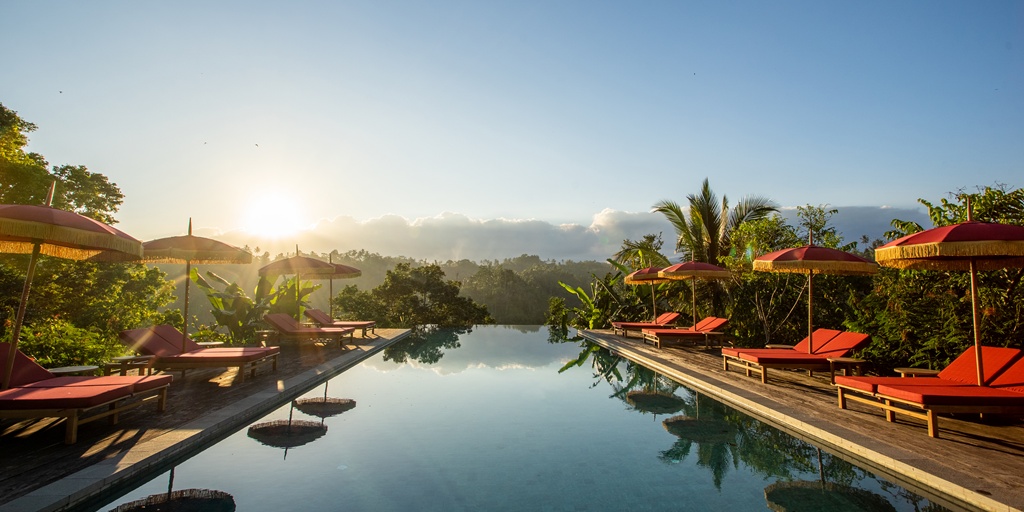
What challenges do you see going forward?
The biggest challenges would be the same for many of us across industries – slowing world economy, heightened geopolitical tensions, and more.
The growth opportunities for us remain in sustainability, where there is a focus on eco-friendly practices and accommodations across all markets; in unique and immersive experiences, where there is high demand for personalised, authentic, and culturally enriching travel; and in domestic and regional travel. These are opportunities that we are currently capitalising on and will continue to do so as part of our expansion strategy for the upcoming year.
What are Banyan Tree’s plans for the future?
In another 30 years, we envision Banyan Group to remain a trailblazer in sustainable luxury, wellbeing and experiential travel, with an even stronger global presence. We will continue to lead in innovative sustainability practices and positively impact the destinations where we operate through initiatives such as Banyan Global Foundation and Banyan Academy.
We would also like to continue to provide unique, transformative and memorable brand experiences that resonate with our guests long after their stay with us.



